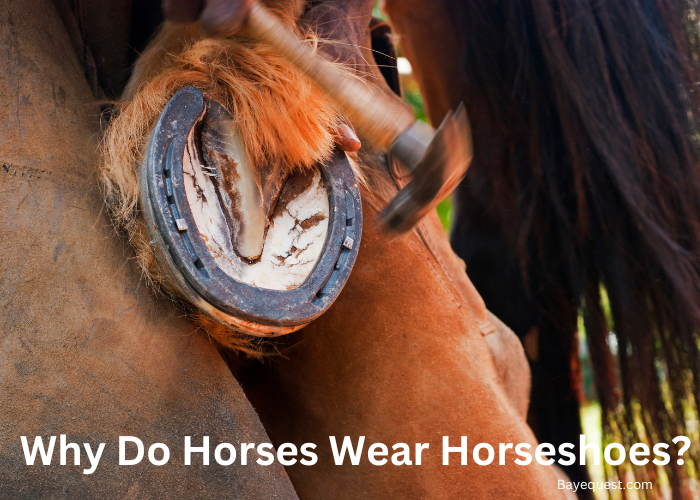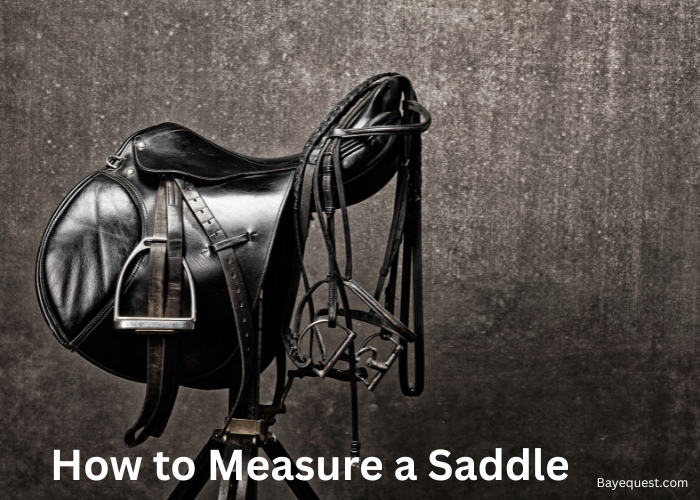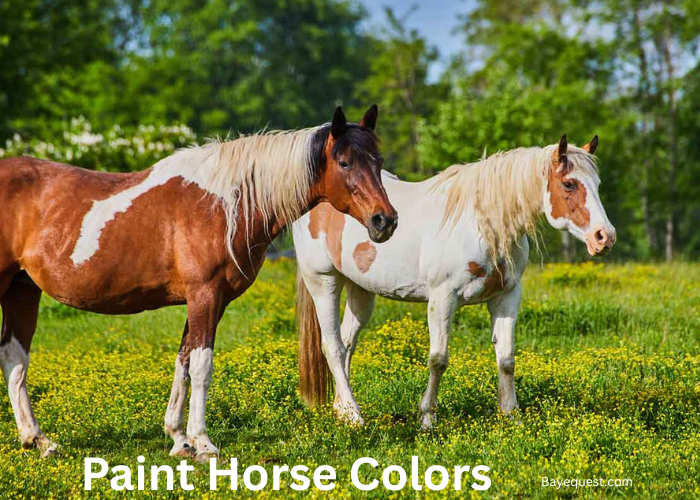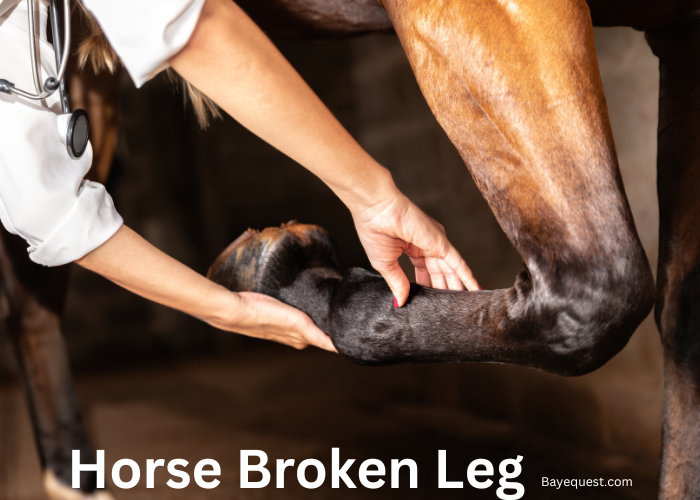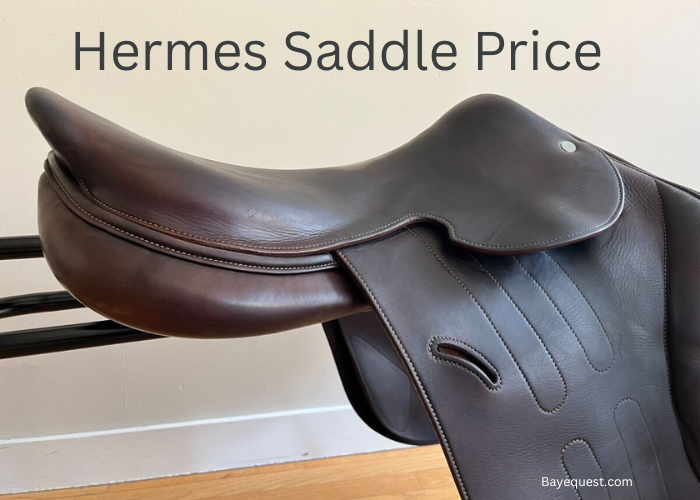Horseshoes are everywhere, but have you ever wondered why horses wear them? It’s not just for show.
These metal plates protect hooves from cracks, wear, and injury. Without them, some horses would struggle on hard or rocky ground.
Others need extra support due to weak hooves or heavy workloads. But do all horses really need them? And how do they work?
The answer isn’t as simple as you might think. Some horses go barefoot, while others can’t do without shoes.
Let’s dive into the world of horseshoes and discover why they matter.
Why Do Horses Wear Horseshoes? Key Takeaway
Horses wear horseshoes to protect their hooves from wear, cracks, and injuries. Shoes improve traction, support weak hooves, and help working or racing horses perform better. Not all horses need them, but for many, they prevent damage. The choice depends on the horse’s workload, terrain, and hoof health.
What are Horseshoes?
Horseshoes are U-shaped metal plates attached to a horse’s hooves. They protect the hooves from damage and wear.
Farriers nail them into the outer hoof wall, which has no nerves. This means the horse doesn’t feel pain.
Horseshoes come in different materials like steel, aluminum, and rubber. Some are made for racing, while others help working horses.
They also provide extra grip on slippery ground. Not all horses need them, but for many, they prevent injuries.
Regular shoeing keeps a horse’s hooves strong and healthy.
History of Horseshoes
Horseshoes have been around for centuries. Early civilizations like the Romans wrapped hooves in leather or plant fibers for protection.
As horses were used more for work and war, stronger hoof protection became necessary.
By the 5th century, some cultures used metal plates tied to hooves. The first nailed-on horseshoes appeared around the 9th century in Europe.
Blacksmiths crafted them from iron to help horses travel on rough terrain.
In the Middle Ages, horseshoes became more common. Knights’ warhorses needed strong hooves for battle.
Farriers perfected the art of shoeing, making horseshoes an essential part of horse care.
Today, horseshoes come in different materials and styles. Advances in technology have made them lighter and more effective.
However, some horses now go barefoot, using hoof boots instead.
Why Do Horses Wear Shoes?
Horses wear shoes to protect their hooves from damage. Hard surfaces, rocky trails, and heavy work can wear down hooves quickly.
Shoes help prevent cracks, bruises, and excessive wear.
Some horses need extra support. Weak hooves, injuries, or medical conditions can make walking painful.
Thus, special horseshoes provide stability and comfort.
Shoes also improve traction. Racing and working horses need grip to avoid slipping.
Different shoe types help in different conditions, from muddy fields to paved roads.
Not all horses need shoes. Some go barefoot if their hooves are strong and the terrain is soft.
But for many, shoes keep them comfortable and healthy.
How Do Horseshoes Work?
Horseshoes work by distributing impact forces and reducing pressure on the hoof.
When a horse moves, its hooves absorb shock from the ground. A horseshoe provides a stable surface that spreads out the force, reducing direct impact on the hoof wall and sole.
The nailed-on horseshoe also alters how weight is distributed across the hoof. It lifts the hoof slightly, preventing excessive wear on the natural hoof material.
This is especially important for horses that walk on hard or uneven surfaces, as the shoe absorbs some of the impact and minimizes stress on joints, tendons, and ligaments.
Traction is another key function. Horseshoes can have different tread patterns or studs that help grip the ground, preventing slipping.
Specialized shoes, such as bar shoes or wedge shoes, modify hoof mechanics by adjusting angles or providing additional support for medical conditions.
Overall, horseshoes work by redistributing forces, absorbing shock, improving grip, and stabilizing the hoof structure to prevent damage and enhance performance.
What are Horseshoes Made From?
Horseshoes are made from different materials depending on the horse’s needs and workload.
These include:
Steel – Strong and durable, used for working horses and general riding.
Aluminum – Lightweight, often used for racehorses and performance horses.
Rubber or plastic – Provides shock absorption and better grip, commonly used for therapeutic purposes.
Composite materials – A mix of plastic, rubber, and metal, designed to mimic natural hoof movement while offering protection.
Do All Horses Need to Wear Shoes?
No, not all horses need to wear shoes.
Some horses have strong, healthy hooves that can handle different terrains without extra protection.
If they work on soft ground or are not ridden often, they may not need shoes. Many horses today go barefoot with proper trimming and care.
However, horses that work on hard, rocky, or slippery surfaces often need shoes for protection.
Horses with weak hooves, injuries, or specific medical conditions also benefit from wearing shoes.
Some disciplines, like racing or jumping, require shoes for traction and support.
The decision depends on the horse’s workload, environment, and hoof health.
Do Racehorses Need to Wear Shoes?
Yes, most racehorses need to wear shoes.
Racehorses run at high speeds on hard tracks, which can put extreme stress on their hooves.
Shoes help absorb shock, reducing impact on the hooves, joints, and tendons. They also provide traction, preventing slips and improving grip during high-speed turns.
Most racehorses wear lightweight aluminum shoes to minimize weight while maintaining protection.
Some wear special shoes designed for different track surfaces, such as turf or dirt.
However, a few racehorses compete barefoot, especially in endurance racing, where natural hoof strength is prioritized.
Ultimately, whether a racehorse wears shoes depends on the track, the horse’s hoof condition, and the trainer’s preference.
Are Horseshoes Necessary for Trail Riding?
It depends on the terrain and the horse’s hooves.
Horseshoes are often necessary for trail riding on rocky, hard, or uneven ground. They protect hooves from excessive wear, cracks, and bruises.
Shoes also improve traction on slippery or steep trails, reducing the risk of slipping.
However, some horses can go barefoot if they have strong, healthy hooves and ride on softer ground.
Hoof boots are an alternative for occasional trail rides, offering temporary protection without permanent shoeing.
Ultimately, whether a horse needs shoes for trail riding depends on hoof strength, terrain, and the frequency of riding.
The Pros and Cons of Shoeing a Horse
Pros of Shoeing a Horse
Hoof protection. Prevents excessive wear, cracks, and bruises, especially on hard or rocky terrain.
Improved traction. Shoes provide better grip, reducing the risk of slipping on wet, icy, or uneven surfaces.
Support for weak hooves. Horses with brittle or soft hooves benefit from extra reinforcement.
Medical benefits. Special orthopedic shoes help horses with conditions like laminitis or navicular disease.
Better performance. Racing, jumping, and working horses often perform better with proper shoeing.
Cons of Horse Shoeing
Regular maintenance. Shoes need to be replaced every 4-6 weeks, requiring time and money.
Risk of hoof damage. Poorly fitted or overused shoes can weaken hooves and cause discomfort.
Injury risks. Loose or lost shoes can cause tripping or hoof injuries.
Less natural hoof function. Shoes can limit the natural expansion and contraction of the hoof.
Do Horseshoes Hurt Horses?
No, horseshoes do not hurt horses when applied correctly.
Farriers nail horseshoes into the outer hoof wall, which has no nerves. This means the horse feels no pain, similar to how humans don’t feel pain when trimming their fingernails.
However, if the shoe is poorly fitted, too tight, or nailed incorrectly, it can cause discomfort or lameness. Overuse of shoes without proper hoof care can also weaken the hooves.
Regular farrier visits ensure that the shoes fit properly and the hooves stay healthy. A well-shoed horse moves comfortably and benefits from the added protection.
How Often Should Horseshoes Be Replaced?
Horseshoe replacement should be done every 4 to 6 weeks.
Hooves grow continuously, just like human fingernails. As they grow, the shoes become loose and may shift, causing discomfort or imbalance.
Regular replacement ensures proper hoof support and prevents cracks or injuries.
The exact timing depends on the horse’s workload, hoof growth rate, and terrain.
Horses in intense work, like racehorses or jumpers, may need more frequent shoeing. If a shoe becomes loose, bent, or worn down, it should be replaced immediately.
Routine farrier visits keep hooves in good shape and ensure the shoes fit properly.
The Pros and Cons of Letting Your Horse Go Barefoot
Pros of Going Barefoot
Natural hoof function. Barefoot hooves expand and contract naturally, improving circulation and shock absorption.
Stronger hooves. Without shoes, hooves often become tougher and more resilient over time.
Lower cost. No need for frequent shoeing, reducing farrier expenses.
Fewer hoof problems. Barefoot horses may have fewer issues like hoof cracks, loose nails, or thrush.
Better sensory feedback. Horses feel the ground better, improving balance and coordination.
Cons of Going Barefoot
More maintenance. Regular trimming is needed to prevent overgrowth and imbalances.
Sensitivity on hard surfaces. Some horses struggle on rocky or rough terrain without protection.
Transition period. Hooves need time to toughen up after removing shoes, which can cause temporary discomfort.
May require hoof boots. Some barefoot horses need boots for extra protection on long rides or rough terrain.
FAQs
What is a person who shoes horses called?
A person who shoes horses is called a farrier. Farriers specialize in hoof care, including trimming hooves and fitting horseshoes. They combine blacksmithing skills with equine knowledge to ensure the horse’s hooves stay healthy and properly balanced.
What happens during the re-shoeing process?
During re-shoeing, the farrier first removes the old shoes using a special tool called a pull-off. Then, they trim the hoof to maintain proper shape and balance. If necessary, they shape new shoes to fit the hoof correctly. The farrier then nails the new shoes onto the outer hoof wall, ensuring they are secure and comfortable. Finally, they smooth and adjust the shoe to prevent sharp edges or uneven pressure.
Conclusion
Horseshoes protect hooves, improve traction, and support horses with weak or injured feet. Not all horses need them, but for many, they prevent damage and make movement easier.
Whether a horse wears shoes depends on its workload, terrain, and hoof health.
Some horses do well barefoot with proper care. Others need shoes for extra protection and stability.
Regular farrier visits ensure hooves stay healthy, whether shod or not. In the end, the right choice depends on the horse’s needs.
What works for one may not work for another. It’s all about keeping the horse comfortable and sound.
Curious about lighter topics? Check out our other blog on creative horse-themed costume ideas, perfect for parties, plays, or just plain fun.




